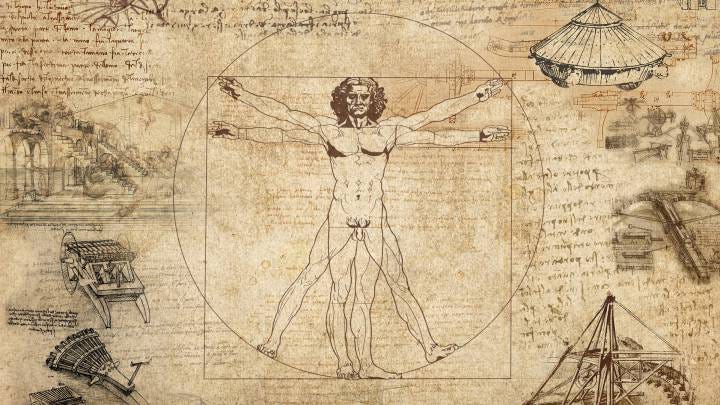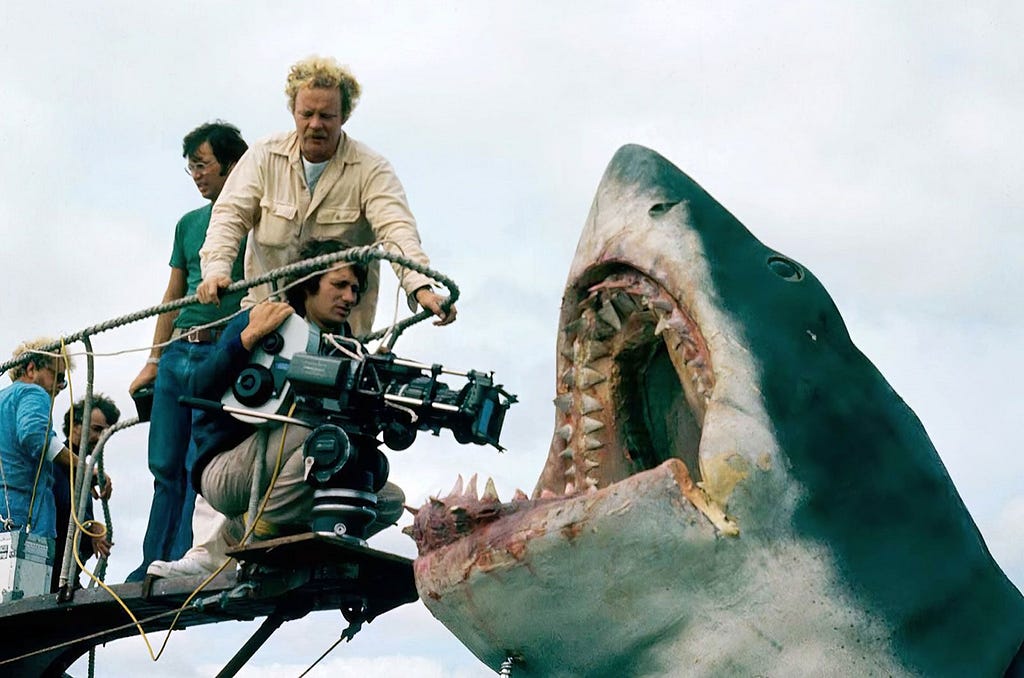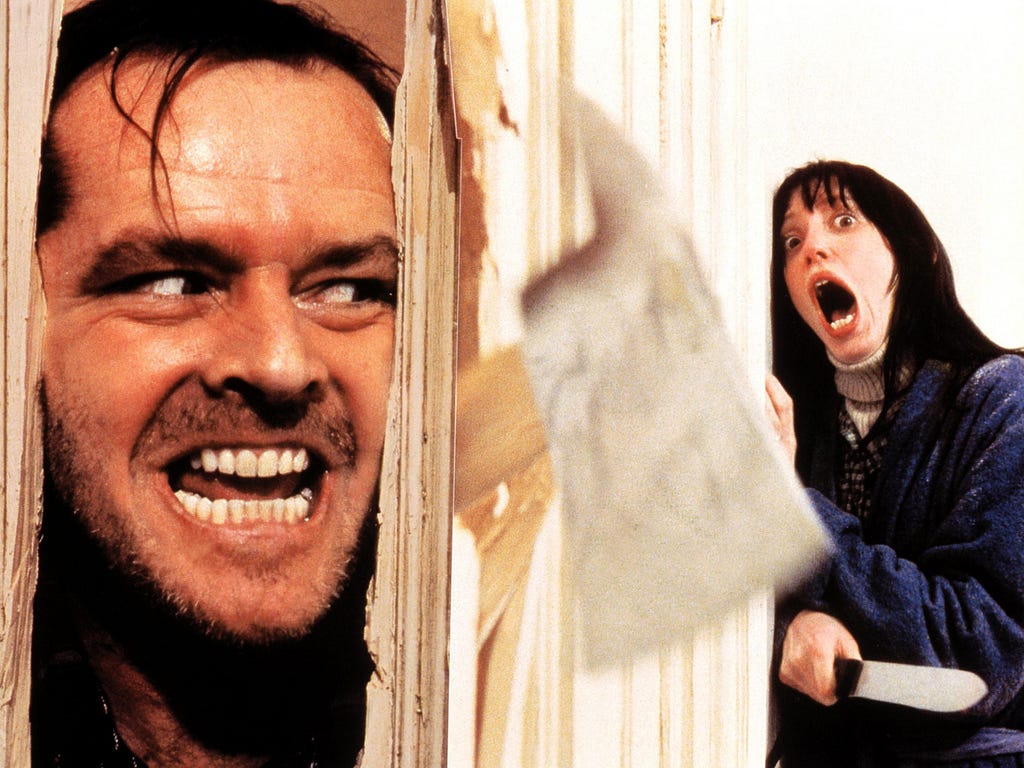Efficiency and creativity run on different operating systems and require different software.
Growing up in the ’90s, I always thought of creativity as something exclusive to artists and those working in advertising. If you were a lawyer, doctor, or accountant, creativity just wasn’t part of your world.
That was until I met a developer who challenged that belief. We were discussing creativity, and I still remember feeling attacked when he said, “Everyone can be creative. How could this code monkey claim the most valuable skill of a designer?
Merriam-Webster defines creativity as “the ability to create,” but that definition seems too broad to be helpful. I prefer to think of creativity as the capacity to generate ideas in novel ways. As the combination of unlikely things. Mix opera and rock music, and you get Bohemian Rhapsody. Imagine Hamlet in the African Savanna, and you get The Lion King. In that sense, my fellow developer was right — anyone can be creative.

Anyone can be creative, but not every work environment is suited to it. Creativity flourishes in spaces where you can explore unconventional ideas without fear of being fired. But unconventional ideas are often disruptive and sometimes risky, which is why most companies prefer to play it safe. This leads to conservative ideas, leaving companies stuck in the same place as everyone else.
Creativity is unpredictable, while the status quo is reliable. Following the status quo won’t get you fired, but taking risks might.
However, there is one industry where playing it safe guarantees failure: tech startups. If you’re a tech startup, the only way to succeed is through disruption. These companies set standards rather than follow the herd. The Facebook motto “Move fast and break things” reflects this startup mentality of experimenting with wild ideas.
Companies like Google, Netflix, and Uber revolutionized industries by solving old problems in novel ways. Naturally, others wanted to replicate that success. That’s when McKinsey and other consultancies stepped in, telling businesses to be “more creative.” But this led to a dilemma: How do you foster creativity while maintaining the rules and structures that are already in place?
You can’t. No formula or Design Thinking workshop will bring creativity without a willingness to take risks.
Efficiency and creativity don’t play well together
In a corporate setting time is money, so the less time you spend on a task, the better. Managers demand delivery estimates and track every step of the process. They like standarized workflows to improve efficiency. This works great for a factory, but you can’t apply factory methods to creative work. Efficiency and creativity simply don’t mix well.
Most work requires both efficiency and creativity. It’s important to identify when a task demands one or the other. Sometimes we need speed, precision, and sticking to the process. Other times we need to explore, experiment, and break some rules.
Following standardized processes translates into “no surprises.” Just stick to the rules and meet the requirements. But how can you be creative without being unpredictable? If you do things the same as everyone else, you’re guaranteed to get average results.
Optimizing for efficiency works when you already know the solution to a problem. When the output is predictable, following standards reduces mistakes and improves delivery times. Like a recipe, you just have to follow the steps to get the expected result. If you do X, then do Y. Efficiency is about delivering something fast and with quality, like a machine would.
Creativity works differently. It’s about doing something that hasn’t been done before. You can’t be efficient because you don’t know the steps. In creative mode, you’re exploring and discovering the path as you go. You’ll need to take risks, which inevitably leads to dead ends and lots of back and forth.
Nobody said being creative was easy. That’s why it’s such a valuable skill. There are no shortcuts. You have to explore, experiment and wonder.

Unfortunately, many teams obsess about efficiency, sacrificing key parts of the creative process: iteration and experimentation. Design Thinking workshops try to bridge this gap by encouraging creativity, but without a willingness to take risks, creativity is dead on arrival.
There are 5 elements of creativity and efficiency isn’t one of them
In all my years working around creative people, I’ve noticed common patterns in how they think. Spoiler alert: none of them have to do with being efficient.
1. Originality
To be original, you need to break some rules. New ideas are often radical, and the status quo will push back. Creative minds aren’t afraid to deviate from the norm. However, not everyone needs to be a rebel to be creative. Sometimes, ignorance can spark creativity. Many young innovators break rules because they’re unaware of them, and that’s perfectly fine. The key is seeing problems with fresh eyes, without biases or industry baggage.

2. Curiosity
Curiosity fuels creativity, while routine poisons it. Confining yourself to a single topic starves the brain. Creative people are constantly exploring and getting out of their comfort zones. This could be learning new skills, changing contexts, and understanding different points of view.

3. No ideas are safe from criticism
It’s easy to get attached to ideas (even bad ones), especially when they’re your own. Creative minds are open to criticism and willing to toss any idea in the trash. In creativity mode, you are a vessel for ideas to pass through, not a vault to protect them.

4. Constraints
A good friend of mine always says that nothing sparks creativity like a deadline. There are infinite ways to solve a problem, and constraints give you focus on what’s really important. Working without boundaries risks drowning in a sea of possibilities. That’s why creative individuals are comfortable working with constraints. To think outside the box, you need to be inside one.

5. Iteration
Creative individuals are iteration machines. They are not afraid of the blank page because they know that the first draft of anything is going to suck. It’s just a warm-up. The second draft probably won’t be that good either. By the third iteration, you might have something to show for feedback. Eventually, you’ll find a creative breakthrough, it’s just a matter of being patient and doing the work.

Everyone can be creative in the right conditions
Creativity isn’t a formula you can follow, it’s an unconventional response to a challenge. When the result isn’t clear, you need to explore, experiment and wonder. However, not all problems require creativity. Some tasks just need machine-like efficiency.
When facing creative challenges, the safe route is to repeat what’s worked in the past. But if you want creative solutions, you need to resist that urge. Be bold. Take risks.
The hardest part of being creative is the uncertainty. But don’t worry about getting it right, just start. Refining an idea is easier than creating something from scratch.
It’s normal to feel stuck when all your ideas seem bad. But think of ideas as water clogged in a backed-up pipe. The initial part of the pipe is filled with waste, and it needs to be flushed out so the clear water can flow.
Bad ideas are inevitable. Don’t be self-critical, accept the waste that will come at first. Once the bad ideas are flushed out, your mind will be free to generate new connections.
At some point you will get stuck. It’s inevitable. When that happens, change your environment. The best ideas appear not when you are laser-focused on the problem but during moments of wandering. Don’t force it.
Take a walk. We are more creative outdoors than in a cubicle.
Talk to someone. Sharing thoughts gives you new angles on the problem.
Read fiction. Sometimes, unrelated ideas spark the best connections.
Anyone can be creative, but creativity doesn’t happen on its own. It requires an environment that encourages risk-taking. You can’t turn creativity into a recipe, but you can cultivate it. It’s about staying curious, being open, and knowing when to break the rules.
You can’t systematize creativity was originally published in UX Planet on Medium, where people are continuing the conversation by highlighting and responding to this story.